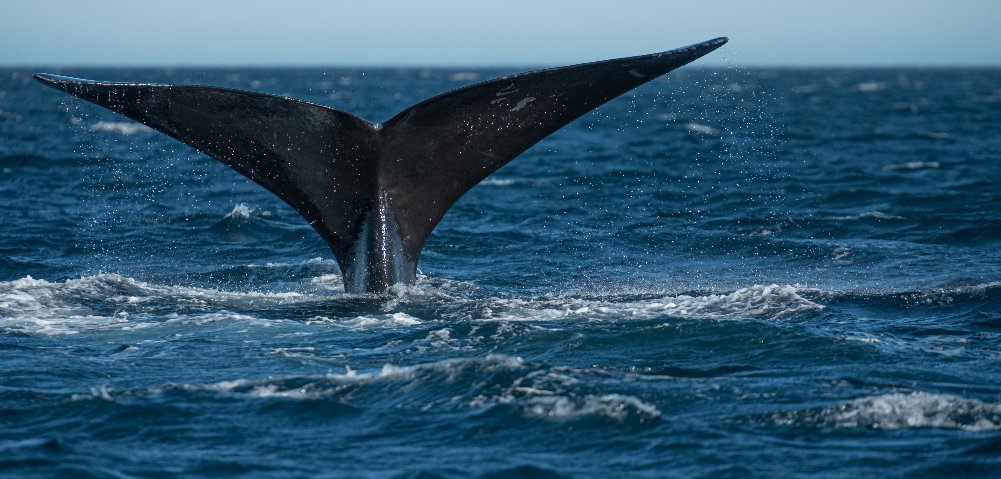In my last article I raised this question– What is the potential adverse impact of Virginia’s massive offshore wind project on the severely endangered North Atlantic Right Whales? Answering this basic question should be a central feature of the upcoming Environmental Impact Analysis (EIA) required for the wind project by NEPA.
These 70 ton whales migrate through offshore Virginia twice a year, making the impact of these proposed huge offshore wind projects a serious question. See my https://www.cfact.org/2022/07/13/virginias-offshore-wind-proposal-threatens-endangered-whales/ for a discussion of some of the obvious risks.
I have been doing some digging and the results are puzzling. We may have some secret science going on.
To begin with, while there has been a lot of research on these whales, it has almost all been done in their northern and southern habitat zones. There is almost nothing on migration, even though migration is especially dangerous for any critters that do it, whales included.
So it is not clear that we even have a clear picture of how they migrate through the waters where these massive wind projects are proposed? A lot of the risk depends on how they migrate and we seem not to know much about that.
I say we “seem not to know” because the federal government may actually know more than they are prepared to divulge. This is where it gets puzzling, as follows.
The EIA for the risk to North Atlantic Right Whales, of which there are only a few hundred alive, is up to the Bureau of Ocean Energy Management or BOEM. They are the folks who need to understand where the whales are and what danger they are in from the proposed huge Mid-Atlantic wind facilities, such as Virginia’s.
BOEM has done a major study of Right Whales off of Virginia. They describe this study here:
The title seems plain enough: “Understanding Whale Presence in the Virginia Offshore Wind Energy Area Using Passive Acoustic Monitoring“. Simply put, these endangered whales are tracked by listening to them. They do lot of vocalizing.
Here is the project description: “BOEM Information Need(s) to be Addressed: The Federal waters off the coast of Virginia are of tremendous interest for offshore wind development and potential oil and gas exploration. However, there are few datasets in this area that provide for a long-term, complete seasonal understanding of the occurrence of marine protected species in these planning areas. Currently there is no sound source verification data for High Resolution Geophysical (HRG) equipment use in the Virginia Offshore Wind Energy Area (WEA). The existing data gaps present regulators and industry with risk due to potential conflicts with the Endangered Species Act, Marine Mammal Protection Act, and the National Environmental Policy Act. This study will assist in BOEM’s fulfillment of its requirements to address these statutes.“
According to the link this $1.5 million whale tracking project was to be completed in 2018. It says the draft report has been reviewed and the final Report is due September 2018. But there is no final report.
Perhaps BOEM did not like the result because they found too many whales. After all it’s possible, even likely, that the entire endangered population of North Atlantic Right Whales passes through offshore Virginia twice a year, babies included.
Even more puzzling, the Cornell University group that did this extremely important study seems never to have published their results in the scholarly literature. They publish a great deal, over a dozen articles a year, but I see nothing on this major study of Virginia’s offshore whales.
They did publish a prior study in 2017, titled “Long-term passive acoustic recordings track the changing distribution of North Atlantic right whales (Eubalaena glacialis) from 2004 to 2014″
See https://www.nature.com/articles/s41598-017-13359-3
One thing they found was that the presence of endangered right whales in the Mid-Atlantic was increasing. Maybe this is what the BOEM study also found, that the federal sponsor did not care to publicize.
In any case the BOEM EIS for phase 1 of the massive Virginia offshore wind complex is underway. It will be very interesting to see if they try to use secret science to say that there is no danger to the severely endangered North Atlantic Right Whales.
Save the whales!
